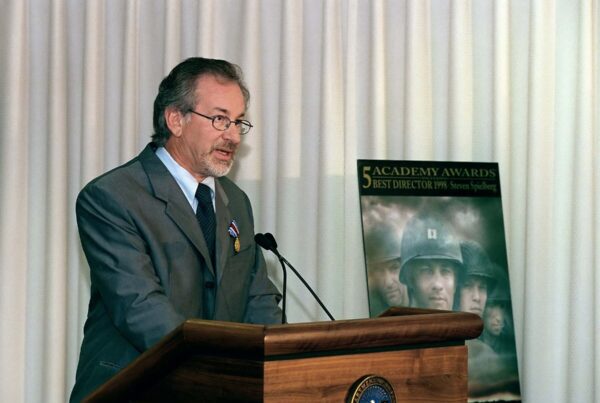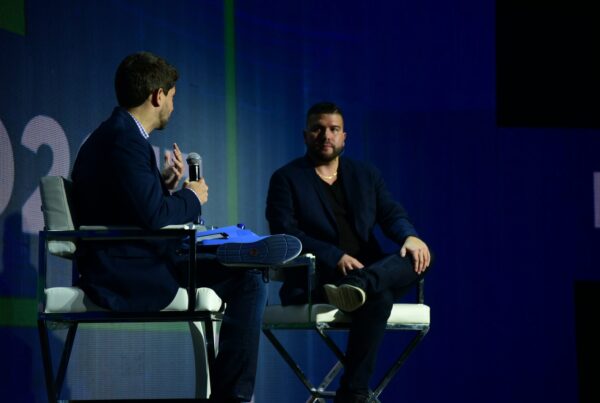Understanding and connecting with others isn’t just valuable—it’s essential, especially in fast-paced professional and personal environments. Whether you’re a leader, a teacher, or someone striving to enhance relational dynamics, mastering active listening can make all the difference.
Active listening goes far beyond hearing words; it’s about fully engaging and showing up in conversations. It’s realizing the power of listening attentively. When you truly listen, you create spaces where everyone feels respected and valued. It builds trust and can simplify complexity in discussions, fostering clearer and more effective exchanges.

Here’s what truly effective listening can offer:
- Rapport and Mutual Understanding: By actively listening, you signal to others that their thoughts and feelings matter, which in turn strengthens your relationships.
- Enhanced Teamwork: It encourages collaboration and the free flow of ideas.
- Conflict Reduction: You curb misunderstandings and manage conflicts better as you grasp not just the words but the intent behind them.
- Better Decision-Making: Active listening fuels informed decisions, considering multiple perspectives for a well-rounded approach.
- Leadership and Influence: As a keen listener, your ability to guide and mentor grows, enhancing your leadership presence.
- Empathy and Connections: It’s about tuning into emotions and underlying motivations, which deepens connections.
To become an exceptional listener, start by building a solid foundation:
- Self-Awareness: Know your listening habits—strengths and weaknesses alike.
- Environment Management: Create a setting conducive to focused listening. Minimize distractions to stay present.
- Mindfulness: Engage fully. Show the crucial role of empathy in effective communication and understanding through your body language, like maintaining eye contact and nodding.
- Emotive Connection: Validate feelings and acknowledge the ideas presented, making the speaker feel understood.
The journey to mastering active listening is filled with continuous learning. Apply these techniques—ask questions, provide feedback thoughtfully, and most importantly, listen with the intent to understand, not just to respond.
Remember, challenges like digital distractions, fast-paced conversations, or preconceived biases can disrupt effective approaches to attentive listening. But view these challenges as opportunities for growth. Each step you take to overcome them not only improves your listening skills but also enhances your overall communicative competence.
In any setting—personal or professional—effective listening can significantly switch the dynamics, paving the way for richer, more fulfilling interactions. It’s a skill worth developing, a tool that builds bridges and fosters understanding in a world brimming with voices waiting to be truly heard.
I want to help you show the full spectrum of who you are and how full of life you are.
How do you add some spice to your delivery?
What are the biggest secrets to creating dynamics in your voice?
How do you make your voice sound like music to their ears?
If you like the sound of that, and you’d like to go even deeper, I’d like to invite you to get to Know Your Voice [Click Here >>]







